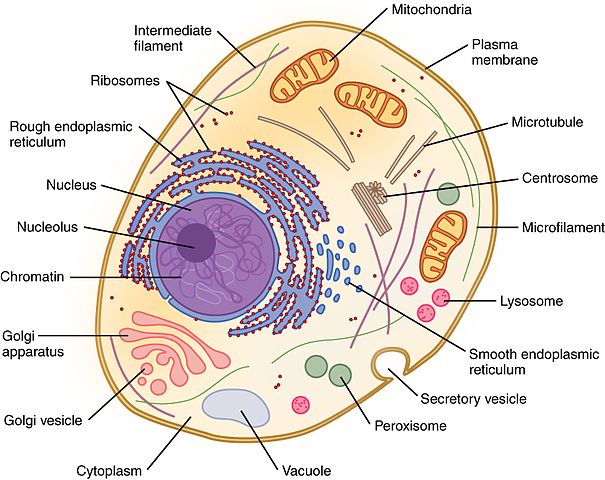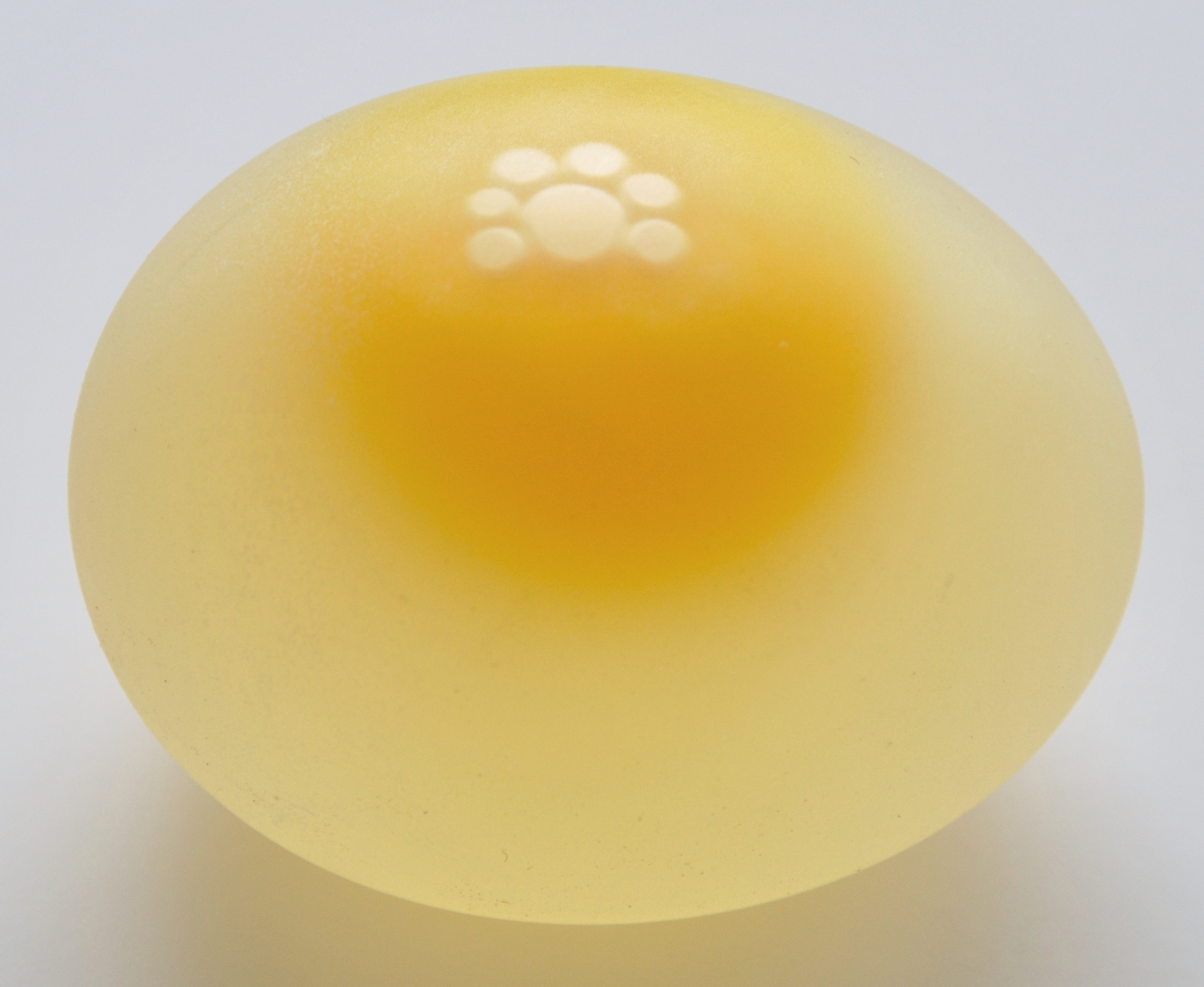Comprehending the material for this unit was first difficult but now looking back at my notes, I now understand more on what I am having trouble with. The skills I learned throughout being a student in biology has improved more and more. Studying with my notes has become a simple routine each day. Finally being prepared with the material collected for the unit, passing the upcoming test will be a review for me.
I want learn more about the different purposes of the organelles inside a cell so I can enhance my skills and process the information when studying for the test. When I first looked at what we were learning for this, I had trouble with understanding cellular respiration and I still have a few issues with it. Hopefully I will answer this question as I soon look forward to the test. I wonder who made the names for the different building parts of the cell, I would like to research the person who did. My study habits include daily practice and quizzing for 30 minutes. This concludes the Unit 3 Reflection.


